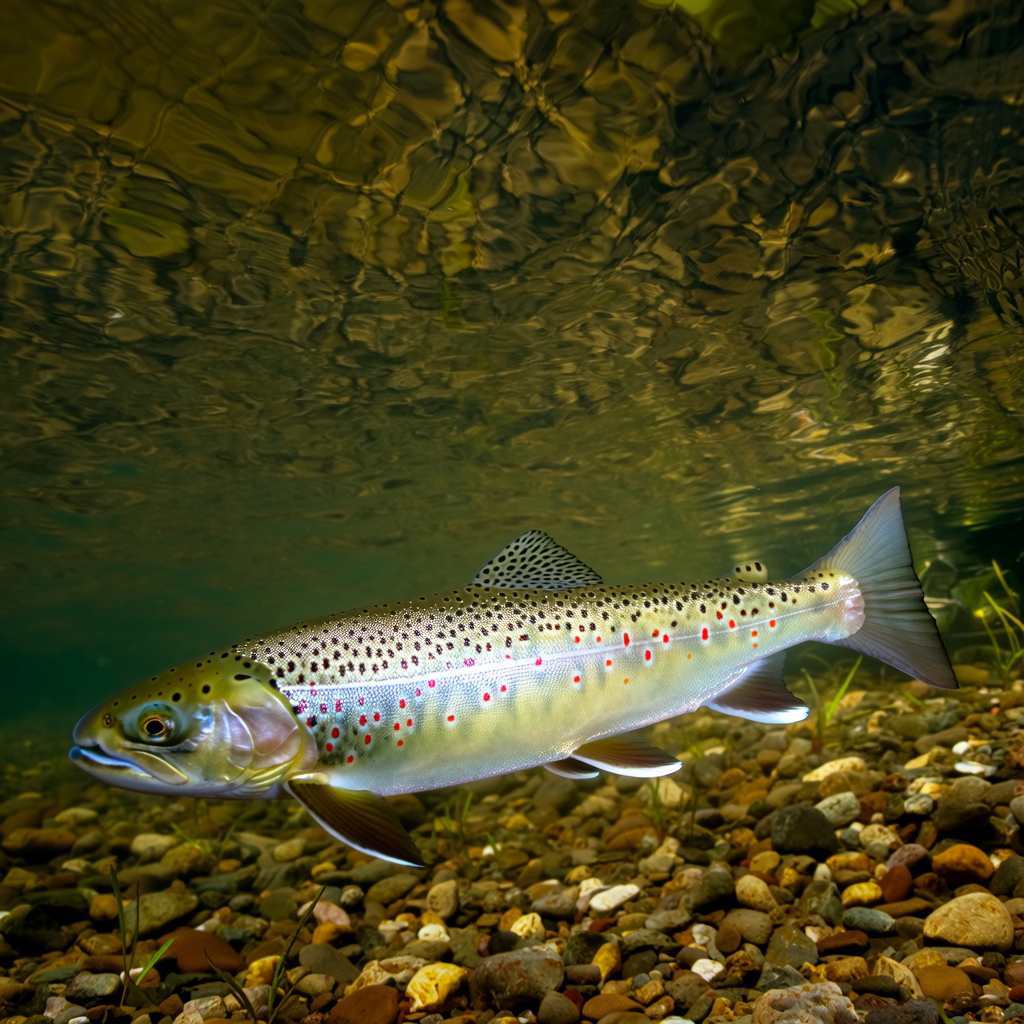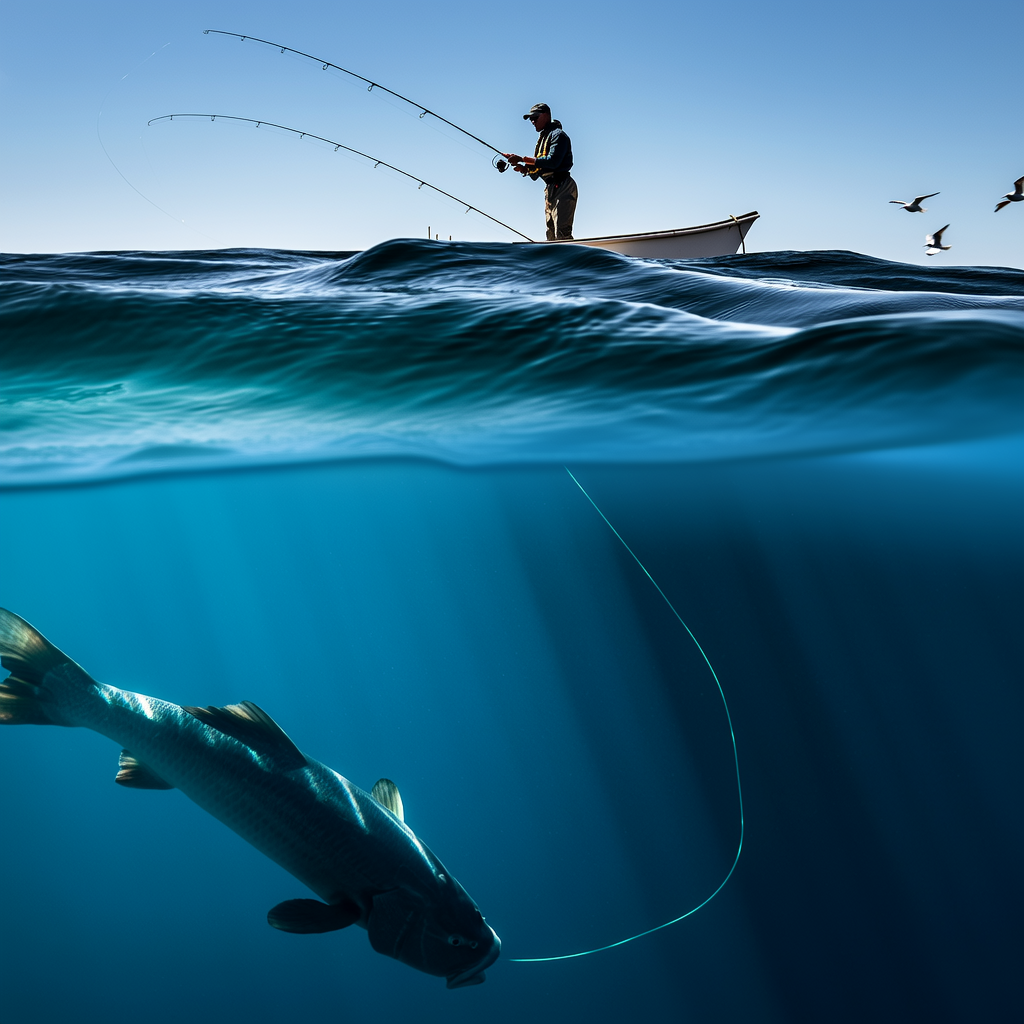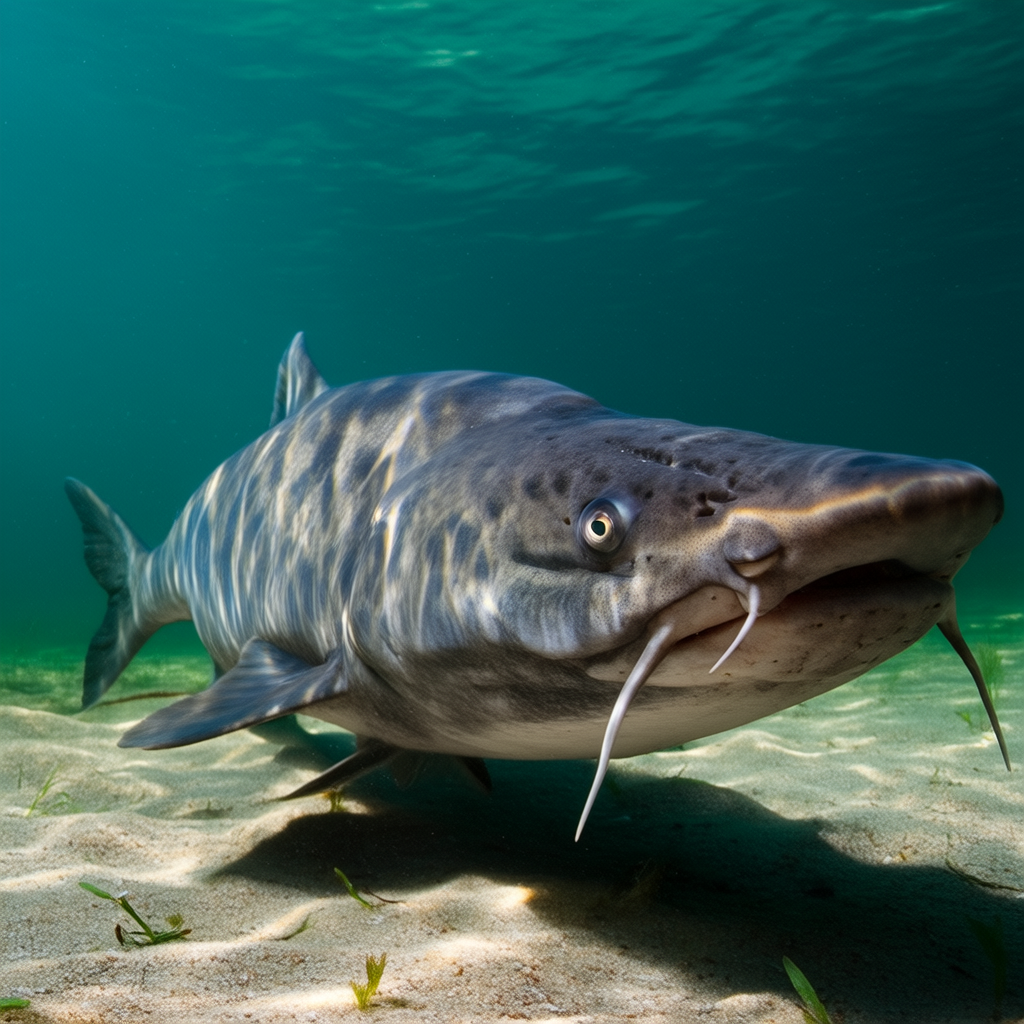Kern River Trout: An In-Depth Look at a Unique Species
The kern river trout is an extraordinary fish species that has captivated anglers, scientists, and nature enthusiasts alike. Native to the pristine waters of California’s Sierra Nevada Mountains, these trout are not only a vital part of the ecosystem but also a symbol of the region’s natural beauty. This article delves into the intricacies of this remarkable species, exploring its habitat, behavior, and the ongoing efforts to protect it.
Understanding the Kern River Trout
The kern river trout (Oncorhynchus mykiss gilberti) belongs to the salmonid family and is considered a subspecies of rainbow trout. It thrives in the cold, clear waters of the Kern River, which flows through some of the most breathtaking landscapes in the western United States. These fish are renowned for their vibrant colors and robust physique, making them a favorite among anglers.
Habitat and Distribution
The natural habitat of the kern river trout spans the upper reaches of the Kern River watershed. This includes tributaries such as the South Fork Kern River and Golden Trout Creek. The ideal environment for these fish consists of fast-flowing streams with gravel bottoms, shaded areas, and ample vegetation along the banks.
Historically, the range of kern river trout extended throughout the Kern River basin. However, human activities such as dam construction, water diversion, and habitat degradation have significantly reduced their distribution. Today, they are primarily found in isolated pockets within their native range.
Physical Characteristics
A striking feature of the kern river trout is its vivid coloration. Adult fish typically exhibit a silvery body with iridescent blue-green hues on the back and sides. During spawning season, males develop deeper red streaks along their flanks, enhancing their allure.
These trout grow up to 12 inches in length, though larger specimens have been recorded under optimal conditions. Their streamlined bodies and powerful fins enable them to navigate swift currents effortlessly.
Behavioral Patterns
Feeding Habits
Kern river trout are opportunistic feeders, preying on a variety of aquatic organisms. Their diet mainly consists of insects, larvae, small crustaceans, and occasionally smaller fish. They rely heavily on drift feeding, where they position themselves in strategic locations to intercept food particles carried by the current.
In addition to their natural prey, these trout may consume terrestrial insects that fall into the water, such as ants or beetles. This adaptability allows them to thrive even when food resources fluctuate.
Reproductive Cycle
Spawning plays a crucial role in the life cycle of kern river trout. Typically occurring between late fall and early spring, this process involves elaborate courtship rituals. Males establish territories and construct redds—nests made from pebbles and gravel—where females lay their eggs.
Fertilization occurs externally, and the fertilized eggs remain buried in the redd until hatching. Juvenile trout, known as fry, emerge after several weeks and begin their journey toward adulthood.
Growth and Development
The growth rate of kern river trout depends on factors like water temperature, food availability, and predation pressure. Under favorable conditions, young fish can reach maturity within two to three years. However, environmental stressors often slow down their development, leading to smaller sizes at sexual maturity.
Interestingly, some populations exhibit anadromous behavior, migrating between freshwater and marine environments. While this trait is less common in kern river trout, it highlights their genetic diversity and adaptability.
Ecological Importance
Role in the Ecosystem
As both predators and prey, kern river trout play a pivotal role in maintaining the balance of riverine ecosystems. By controlling insect populations, they prevent outbreaks that could harm vegetation and other wildlife. Conversely, they serve as a food source for larger predators, including birds of prey and mammals.
Beyond their ecological functions, these trout contribute to nutrient cycling. When they die or migrate upstream, their carcasses enrich the soil and provide essential nutrients for plants and microorganisms.
Threats to Survival
Despite their resilience, kern river trout face numerous threats that jeopardize their existence. Climate change, invasive species, pollution, and habitat fragmentation pose significant challenges to their survival. Rising temperatures alter water flow patterns, reducing the availability of suitable habitats.
Invasive species such as brown trout and brook trout compete with kern river trout for resources, often outcompeting them due to superior aggression and reproductive capabilities. Additionally, pollutants from agricultural runoff and urban development contaminate waterways, further complicating conservation efforts.
Conservation Efforts
To safeguard the future of kern river trout, various organizations and government agencies have implemented targeted conservation strategies. These initiatives focus on restoring degraded habitats, removing barriers to migration, and monitoring population dynamics.
Habitat restoration projects involve planting native vegetation along riverbanks to stabilize soils and reduce erosion. Fish ladders and culvert modifications facilitate safe passage for migrating trout, ensuring access to critical spawning grounds.
Angling Opportunities
Catch-and-Release Practices
For those interested in fishing for kern river trout, practicing catch-and-release techniques is paramount. This approach minimizes mortality rates and helps preserve healthy fish stocks for future generations. Anglers should use barbless hooks and handle fish gently to avoid causing undue stress.
Responsible angling also entails adhering to local regulations regarding bag limits, size restrictions, and seasonal closures. By respecting these guidelines, fishermen contribute to the long-term sustainability of the species.
Tips for Successful Fishing
Fishing for kern river trout requires patience, skill, and an understanding of their behaviors. Using lightweight tackle and natural baits increases your chances of success. Popular methods include nymphing, dry fly fishing, and streamer presentations.
When selecting a location, look for areas with moderate current flow and plenty of cover. Overhanging trees, rocks, and submerged logs create ideal hiding spots for trout. Remember to tread lightly and avoid disturbing the surrounding environment to maintain the integrity of the habitat.
Seasonal Variations
The best times to fish for kern river trout vary depending on the time of year. Spring and early summer offer excellent opportunities as the fish become more active following the winter months. Cooler temperatures during fall also attract trout to shallower waters, making them easier to target.
During warmer months, fishing during dawn or dusk proves most effective, as trout tend to retreat to deeper, cooler sections of the river during midday heat.
Educational Resources
Learning About Kern River Trout
For individuals eager to learn more about kern river trout, a wealth of educational resources exists. Books, documentaries, and online articles provide valuable insights into their biology, ecology, and conservation status. Many organizations also offer workshops and guided tours led by experienced biologists and educators.
Schools and universities frequently incorporate lessons about aquatic ecosystems into their curricula, emphasizing the importance of protecting native species like kern river trout. Community outreach programs engage students and adults alike, fostering a greater appreciation for the natural world.
Participating in Citizen Science
Citizen science projects present another avenue for contributing to the study and preservation of kern river trout. Volunteers assist researchers by collecting data on fish populations, water quality, and habitat conditions. These efforts enhance our understanding of the species and inform management decisions.
By participating in citizen science, individuals gain hands-on experience while supporting meaningful conservation work. Whether monitoring fish migrations or analyzing water samples, every contribution counts toward safeguarding the future of these magnificent creatures.
Promoting Awareness
Raising awareness about the plight of kern river trout is essential for inspiring action. Social media platforms, public events, and collaborative partnerships help spread the message to broader audiences. Encouraging sustainable practices and advocating for policy changes can lead to tangible improvements in their habitats.
Ultimately, the survival of kern river trout depends on the collective efforts of governments, organizations, and individuals committed to preserving their legacy. Through education, advocacy, and stewardship, we can ensure that future generations continue to marvel at the splendor of these iconic fish.
Conclusion
In conclusion, the kern river trout represents a vital component of California’s natural heritage. From their stunning appearance to their ecological significance, these fish warrant admiration and protection. By addressing the threats they face and promoting responsible interactions, we honor their place in the ecosystem and celebrate the wonders of aquatic life.
As stewards of the environment, let us embrace the responsibility of conserving the kern river trout and all the treasures they embody. Together, we can forge a path toward a healthier planet where biodiversity flourishes and humanity thrives alongside nature.




